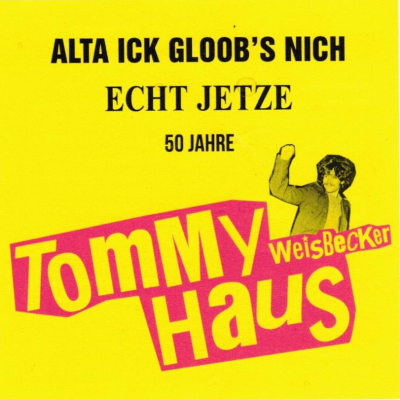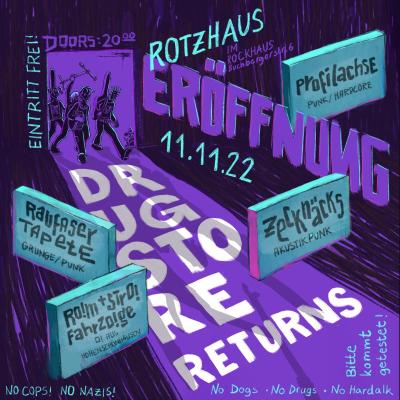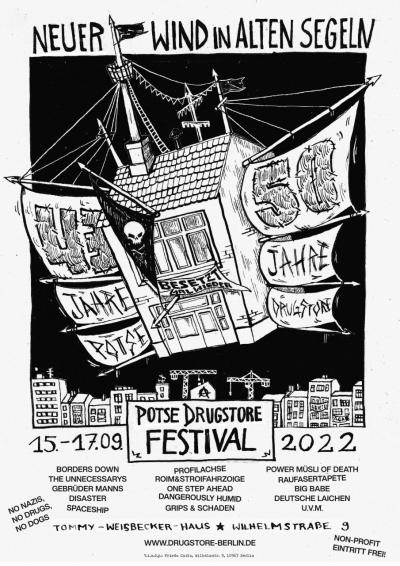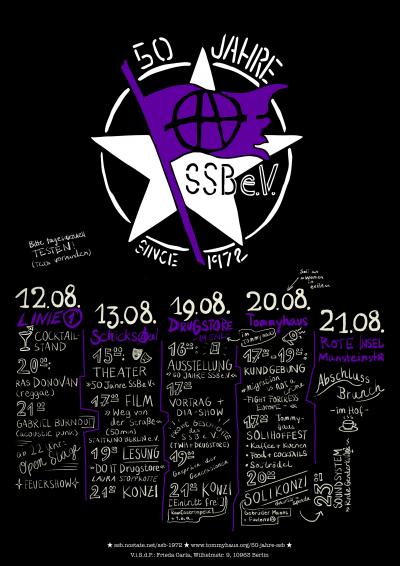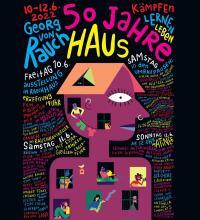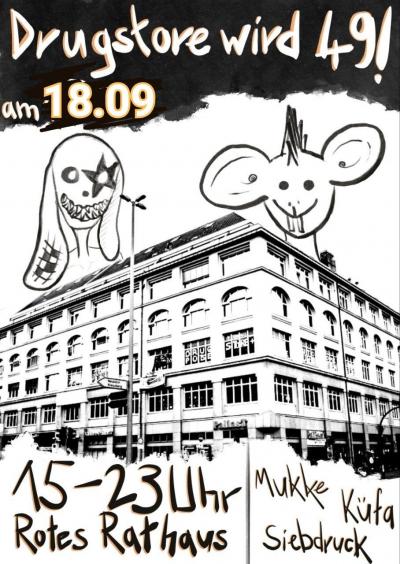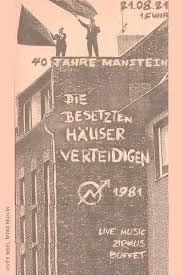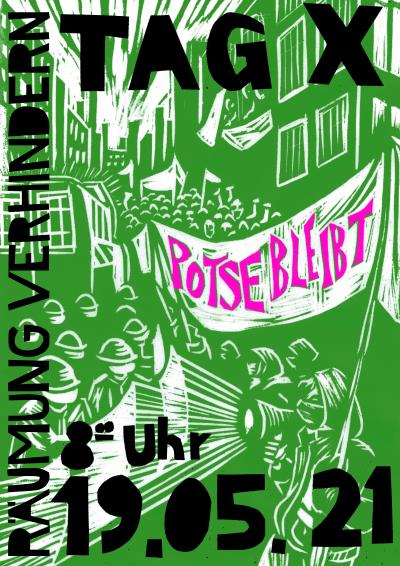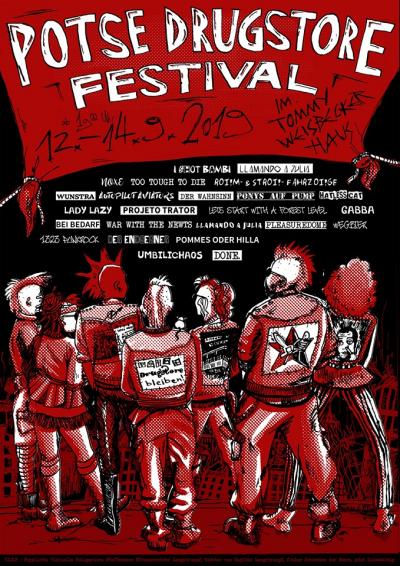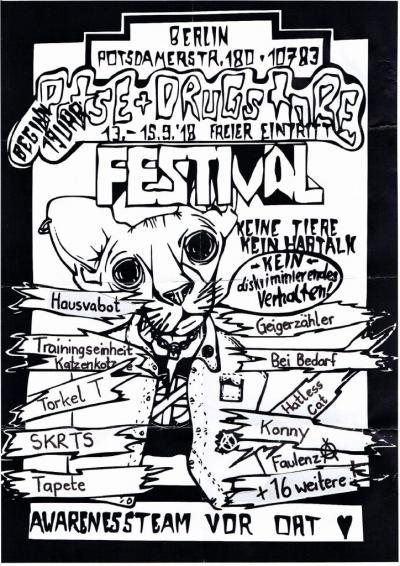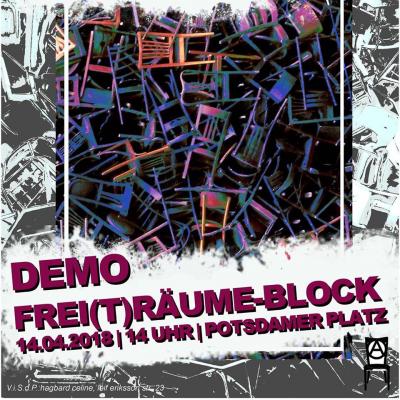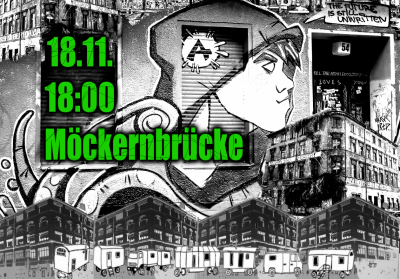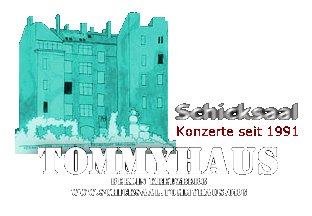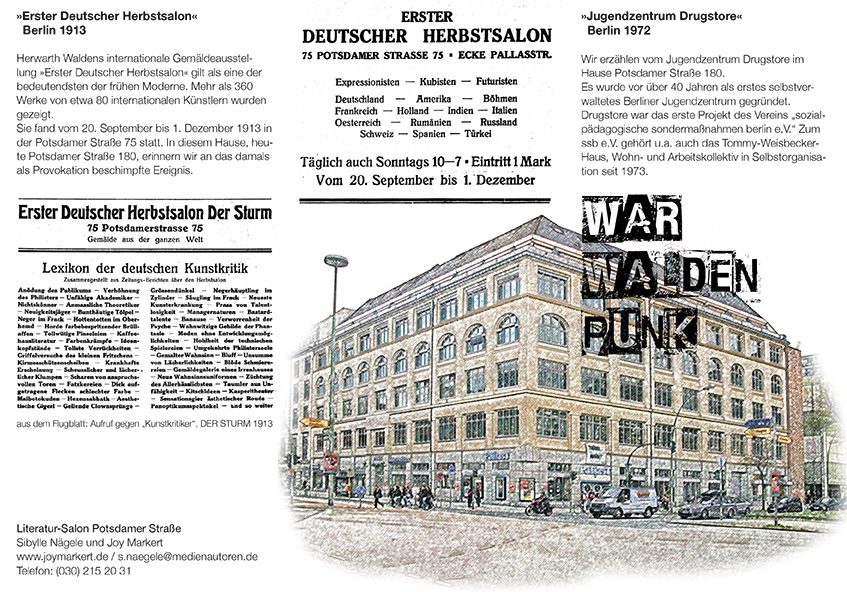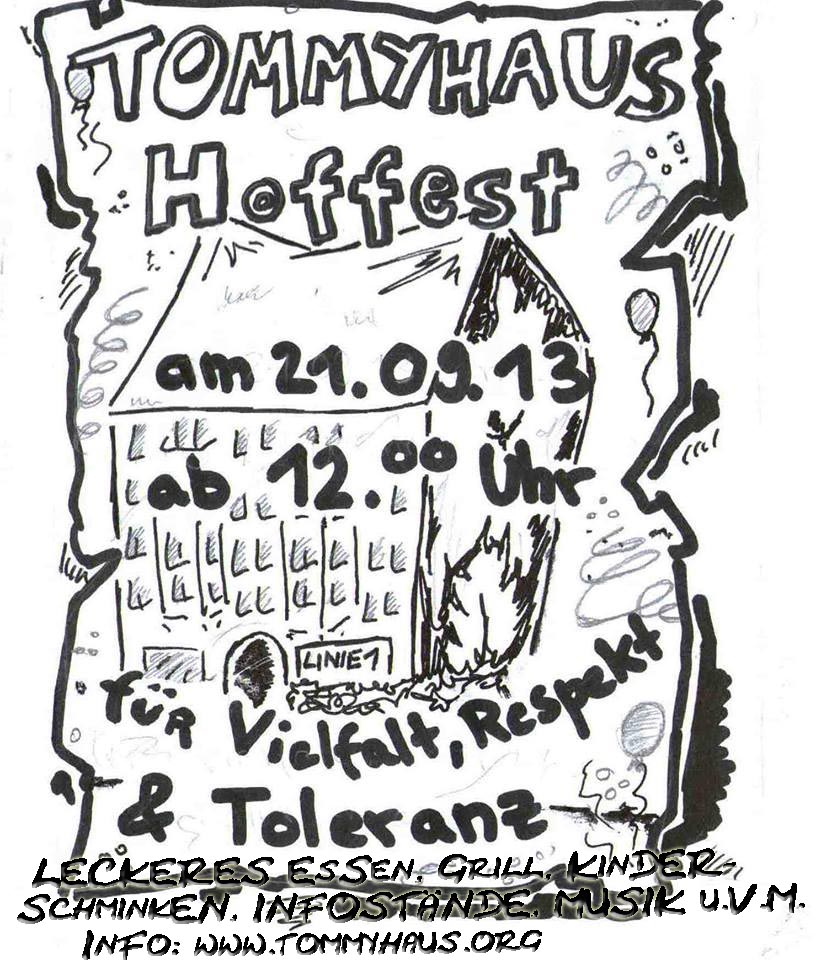A short history of Mansteinstr. 10/10A
Berlin, 2021
A short history of Mansteinstr. 10/10A
In 1981, students from Rückert Gymanisum, occupied the Mansteinstr. 10/10A. They were around 10-15 people, a group of friends, that was occasionally taking part in demonstrations together. They made their first squatting attempt on 1980, in Fraenkelufer, near Kottbusser Tor, but the squat was evicted by the police.
Before the occupation of Mansteinstraße squat, just one older woman was living in the building. All other renters moved away due to construction plans by the german state on building an autobahn route and therefore tearing of the building. After the house was occupied by the group of friends, the old lady left the house.
Just after the occupation in 1981, the state stopped the water supply but the electricity was still working, which meant that the squatters had to live for 2-3 year without water. Since the S-Bahn line was closed down until 1984, water was provided by a hippie community in the neighborhood using a pipe. In wintertime, the sewers often got frozen, so that the people living in the house couldn’t use the toilet.
The German state wanted to pressure the house with threats of eviction, unless squatters made a contract with senat. Between 1981 and 1982 people decided to not to negotiate, but after Manstein 10 joined the SSB in 1982, they agreed on the SSB doing negotiations with the state.
Between 1981 and 1982 not only Manstein 10 but many squats around Berlin experienced quite a lot of police raids. And to resist the police repression squatters formed in almost every district and also Berlin-wide squatter councils.
In the year 1984 the first contract was made. This agreement was limited for a year and renewed in 1985 and 1986. In 1987, the first long term contract was signed, which was valid for 10 years with the condition to do a big reconstruction, the state forced the Manstein by contract.
The reconstruction started in 1987 and finished in 1991, so it lasted for 3.5 years. During this time, the house took advice from a NGO called SPI (Sozialpädagogisches Institut), which enabled the people living in the house to renovate the house and at the same time earn money.
The legal process consisted of 3 steps,
the 1st step “Selbsthilfe” included the reconstruction of the bar, the ground and the renovation of electricity lines. These jobs were unpaid and aimed at proving the people’s ability to do such construction works.
The 2nd step “Orientation” and the 3rd step “Arbeitsbeschaffungsmaßnahme” are legal categories, so that the reconstruction could be declared as vocational orientation training. 10 to 20 people were taking part in the renovation, including friends of the people living in the house. There was carpenters, electricians, masons, a secretary, a carpenter, an architect, etc.
While the renovation took place in Mansteinstraße 10A, people lived in the other part of the house (Nr 10) and the other way around. There was trailers as well in the garden.
The costs of the reconstruction were payed by: %85 Senat and %15 House (after the negotiations)
In 1997, Mansteinstraße 10 took another 20 year valid contract. At the beginning of the negotiations, the housing association which is owned by Berlin (Note: In the beginning of Manstein 10/10A was belonging to Schöneberg Senat.) wanted to restrict the contract to 3 years, later, they offered a 10 year duration and with the support of Schöneberg district and the pressure of open letters by political people, the housing associationwas forced and in the end convinced to give 20 years of contract.
And lastly Manstein 10 took another 20 years contract in 2019. So until 2039 the continuity of house seems relatively safe.




